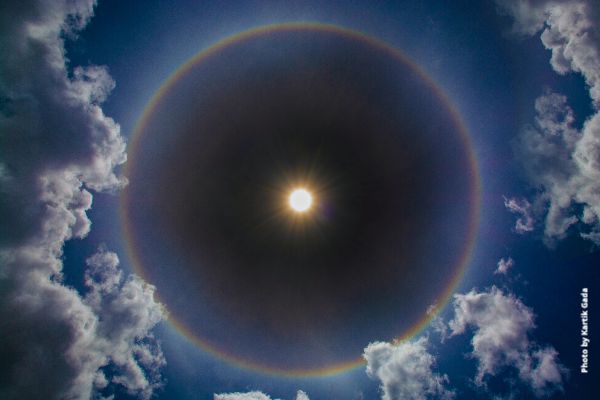As a kid, old people* would tell me that time moves faster as you age.
This annoyed me.
The little logician in me would think: Impossible! There are always 24 hours in a day and seven days in a week, so how could it move any faster than that??
But it turns out to be sort of true.
Sometimes it feels like a blessing for time to move quickly: during stretches of angst or sadness, workweeks filled with stress, or times of illness, the forward march of time can feel like a relief. “Thank goodness that’s over!”
Other times, it elicits wistfulness or even amazement. “How is it already June?”
Though for many of us, time passes without much notice. Days blend into weeks into months. We say things like “What happened to spring?” or “Is it really Thursday?”
I am not here to say that it is wrong to chug along and passively allow the hours (years?) to flow by, but there is often value in intentionally noting and even celebrating the flow of time.
There are a handful of ways we already do so: for those with kids in their lives, the conclusion of a school year is one such marker, and of course birthdays and major holidays serve a similar purpose.
Purposefully marking the passage of time may help us build conscious attention, and this awareness can be quite powerful. It feels doubly powerful when we connect to something larger than ourselves (such as our birthday) or societal constructs (such as the school year).
To wit: the summer solstice.

As another tipping point of the year, the solstice is a built-in opportunity to test out how it feels to be actively mindful of the passage of time. (See “Try it!” below for suggestions of how to put this into action.)
The intention is not necessarily to determine if in fact time seems to move faster, or even to define how we feel about the progression of time.
It is another tool to allow us to be actively present in our days—actually see the light of days—for as Annie Proulx wisely reminds us, “How we spend our days is, of course, how we spend our lives.”
Happy Solstice and welcome to summer!
*The idea of who or what is “old” also shifts, but that’s a topic for a different day.
Try it!
Make the (almost) imperceptible perceptible
After the summer solstice, the hours of daylight become shorter though at first we may not notice. By tuning into the shifting light we can build awareness of the natural rhythm of time.
-When you begin or wrap up your workday, does it feel early? Late?
-On your lunch break (you are taking a lunch break, right?), what does the air feel like? Is it different in June than in July?
-When does dusk begin? How does the quality of light shift each evening?
-When you turn the calendar to July or even August, does it seem notable that it’s already time to do so?
(other) Smart People
It should not surprise anyone that the Department of Practical Sunshine takes great pleasure in the official arrival of summer! Enjoy our mini playlist of sunshiny tunes.
Text…
Receive the “Slice of Sunshine” in your inbox by subscribing to the Department of Practical Sunshine newsletter.
Text…
Try it!
Text…
